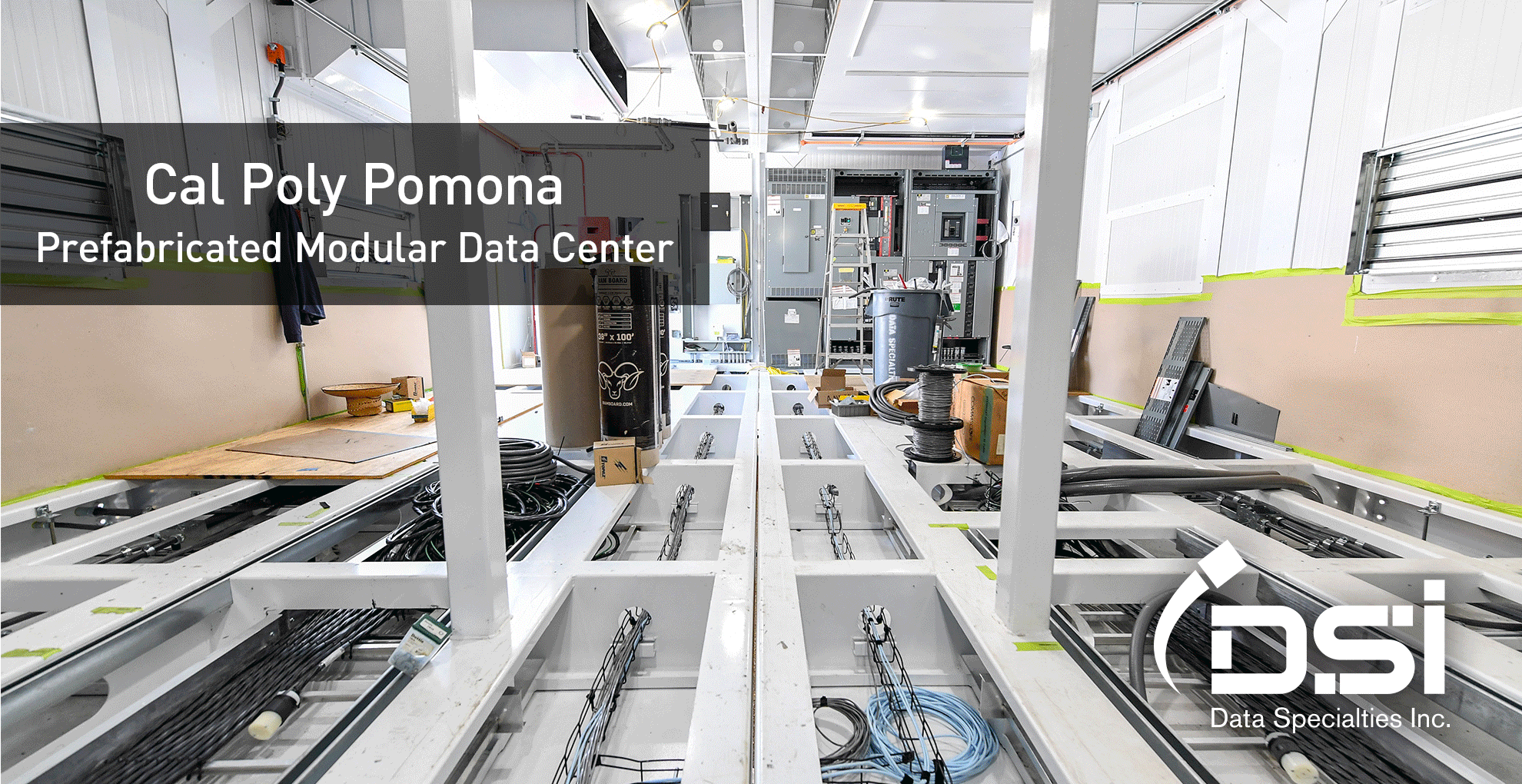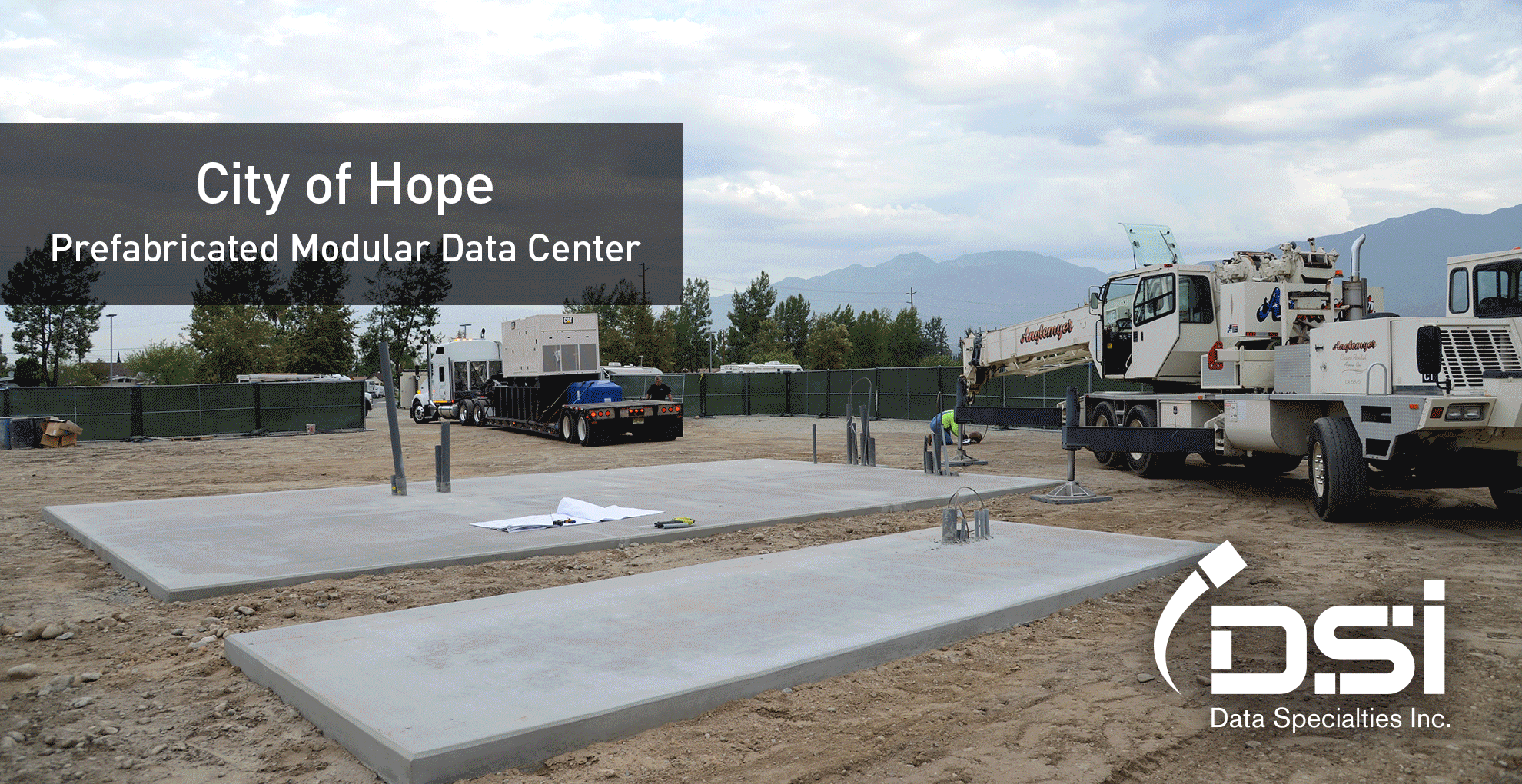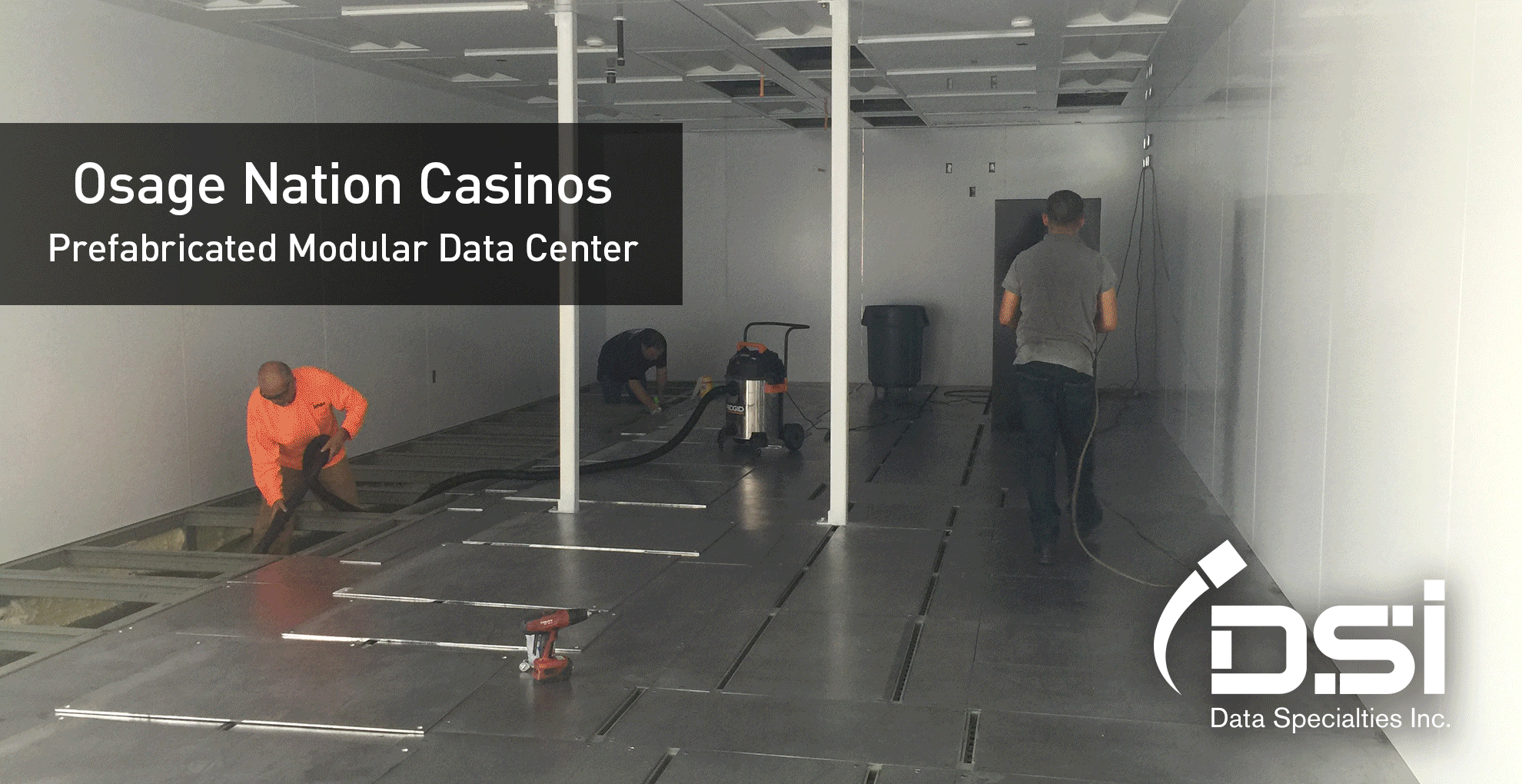Liquid Cooling: Creating an Energy Efficient Data Center
Cooling accounts for almost half of the energy needs in a Data Center. In addition, many Data Centers are increasingly focused on high density computing to deal with increased workloads from modern applications like Artificial Intelligence, the Internet of Things and Bitcoin Mining. This increased rack density uses more energy, which creates more heat, adding to already significant energy needs for cooling.
While air cooling remains the norm in the Data Center universe, that is changing as Data Center owners and operators are looking to keep this significant expense in check. And many are turning to liquid cooling as a way to bring down energy use and to be more energy efficient. According to the Uptime Institute’s 2020 Data Center Industry Survey, when rack densities are higher than 20-25 kW, direct liquid cooling becomes an economical option.
There are two main options for liquid cooling in your Data Center:
- Direct-to-chip
Pipes deliver a coolant directly to a cold plate in the chip to extract the heat from the chip. The coolant carries the heat away through the pipes and removes it from the Data Center. This removes the heat directly from the processors and is faster and more effective than many other cooling methods. - Immersion cooling
Servers are immersed directly into non-conductive, non-flammable, non-toxic dielectric fluids in a leak-proof case. The fluid absorbs the heat from the equipment and boils when it has absorbed enough heat and removes it to a heat exchanger.
Reducing power use is the best way to become more energy efficient. And switching to liquid cooling is a key way to maintain uptime and your mission critical operations, while building an energy efficient, more sustainable Data Center.
Our DSI team can help analyze your energy requirements and recommend if liquid cooling is the best option to help you reduce power use, save money on energy bills, and meet your sustainability goals. Contact DSI



